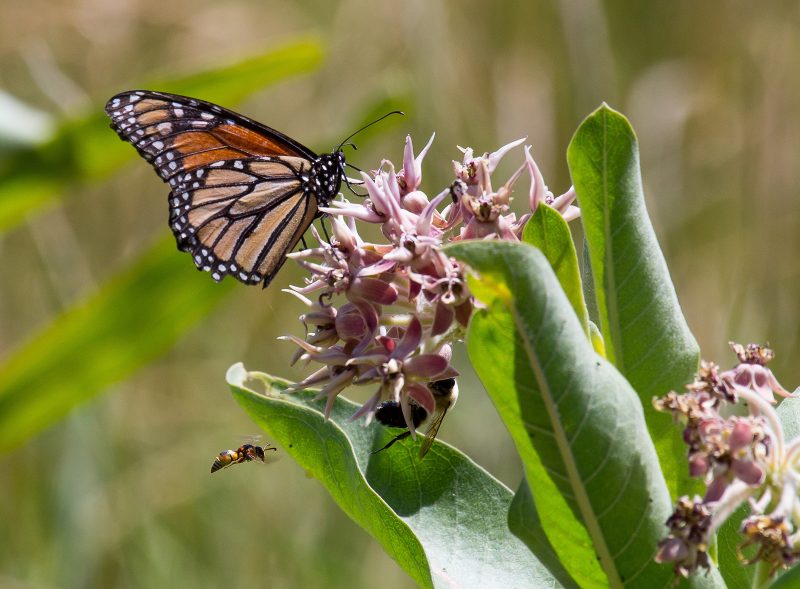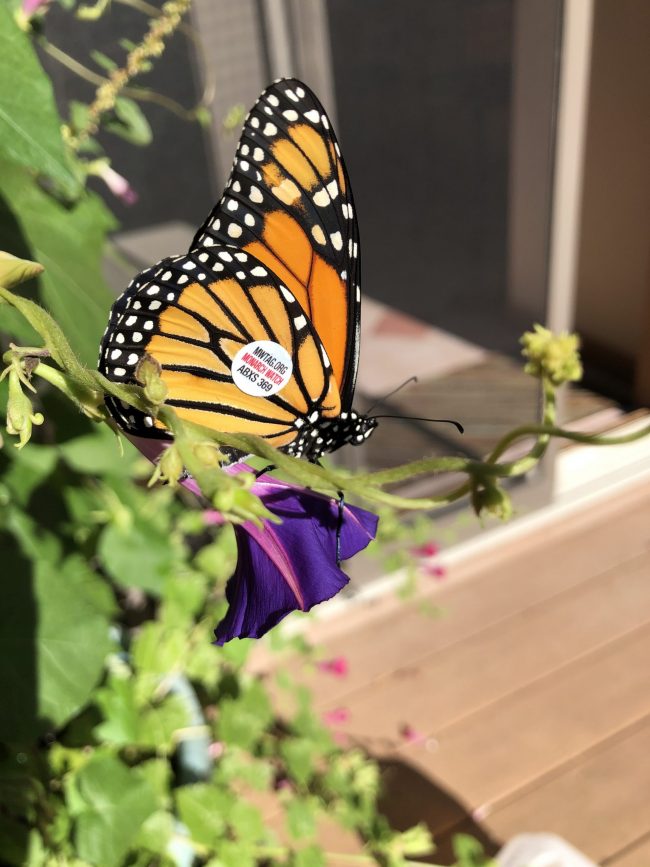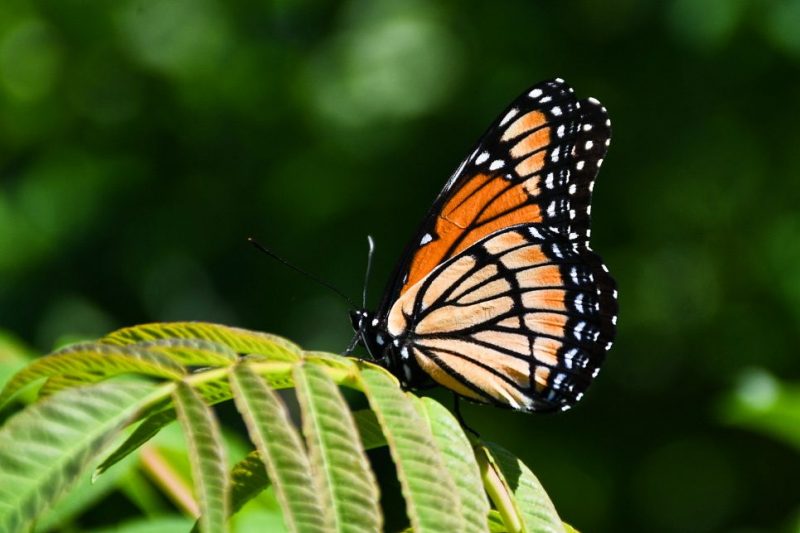
Yesterday (July 21, 2022), scientists with the International Union for Conservation of Nature issued a decision, placing the beloved migratory monarch butterfly on its Red List list of endangered species. They said the butterflies – like all the 147,517 species on the Red List, of which 41,459 are endangered – are threatened primarily by habitat destruction and climate change.
The migratory monarch butterfly is a subspecies of the monarch butterfly (Danaus plexippus). The native population is known for its migrations from Mexico and California in the winter to summer breeding grounds throughout the United States and Canada. The species’ numbers have dropped between 22 and 72 percent over the past decade, according to a new assessment led by entomologist Anna Walker of the New Mexico BioPark Society. The Washington Post reported:
Monarchs in the Western United States are in particular danger: The population declined by an estimated 99.9 percent, from as many as 10 million butterflies in the 1980s to fewer than 2,000 in 2021.
Bruno Oberle, IUCN Director General, commented:
Today’s Red List update highlights the fragility of nature’s wonders, such as the unique spectacle of monarch butterflies migrating across thousands of kilometers. To preserve the rich diversity of nature we need effective, fairly governed protected and conserved areas, alongside decisive action to tackle climate change and restore ecosystems. In turn, conserving biodiversity supports communities by providing essential services such as food, water and sustainable jobs.
Endangered Monarch butterflies
Scientists say that loss of habitat, climate change and pesticide use appear to be the leading factors in the butterflies’ decline. The western population of monarch butterflies is most at risk. They migrate from Mexico and California into the northern United States and Canada. The IUCN said that:
Legal and illegal logging and deforestation to make space for agriculture and urban development has already destroyed substantial areas of the butterflies’ winter shelter in Mexico and California, while pesticides and herbicides used in intensive agriculture across the range kill butterflies and milkweed, the host plant that the larvae of the monarch butterfly feed on.
Climate change has led to droughts and wildfires that limit the milkweed available to the monarchs; and severe weather has killed millions of butterflies as well.
Anna Walker, who led the new study, said there is still hope:
It is difficult to watch monarch butterflies and their extraordinary migration teeter on the edge of collapse, but there are signs of hope. So many people and organizations have come together to try and protect this butterfly and its habitats. From planting native milkweed and reducing pesticide use to supporting the protection of overwintering sites and contributing to community science, we all have a role to play in making sure this iconic insect makes a full recovery.

How you can help
The Xerces Society has issued a call to action with steps that you can take, in your own yard.
Build a pollinator garden: A simple, native flower garden with milkweed will attract butterflies to your yard and help them stay healthy. In addition to nectar from flowers, monarch butterflies need milkweed to survive, so if you notice the leaves on your milkweed have been chomped, it’s a great sign! There’s a step-by-step guide here.
Plant pesticide-free: Learn more about why avoiding toxic pesticides is more important than ever.
Care for a butterfly in your own yard: A female adult butterfly can lay about 400 eggs, and of those 400 eggs, only about eight live to become adult butterflies. One hands-on way to give monarchs a better chance at survival is by collecting the eggs or caterpillars and raising them in protected net cages until the butterfly emerges. Follow these steps.

With the help of Monarch Watch you can obtain stickers to tag your butterflies. These safe, lightweight markers help scientists understand the timing and pace of migration and the geographic distribution of the monarchs.


Bottom line: Monarch butterflies are now listed as endangered on the IUCN Red List. But there are ways you can help.











